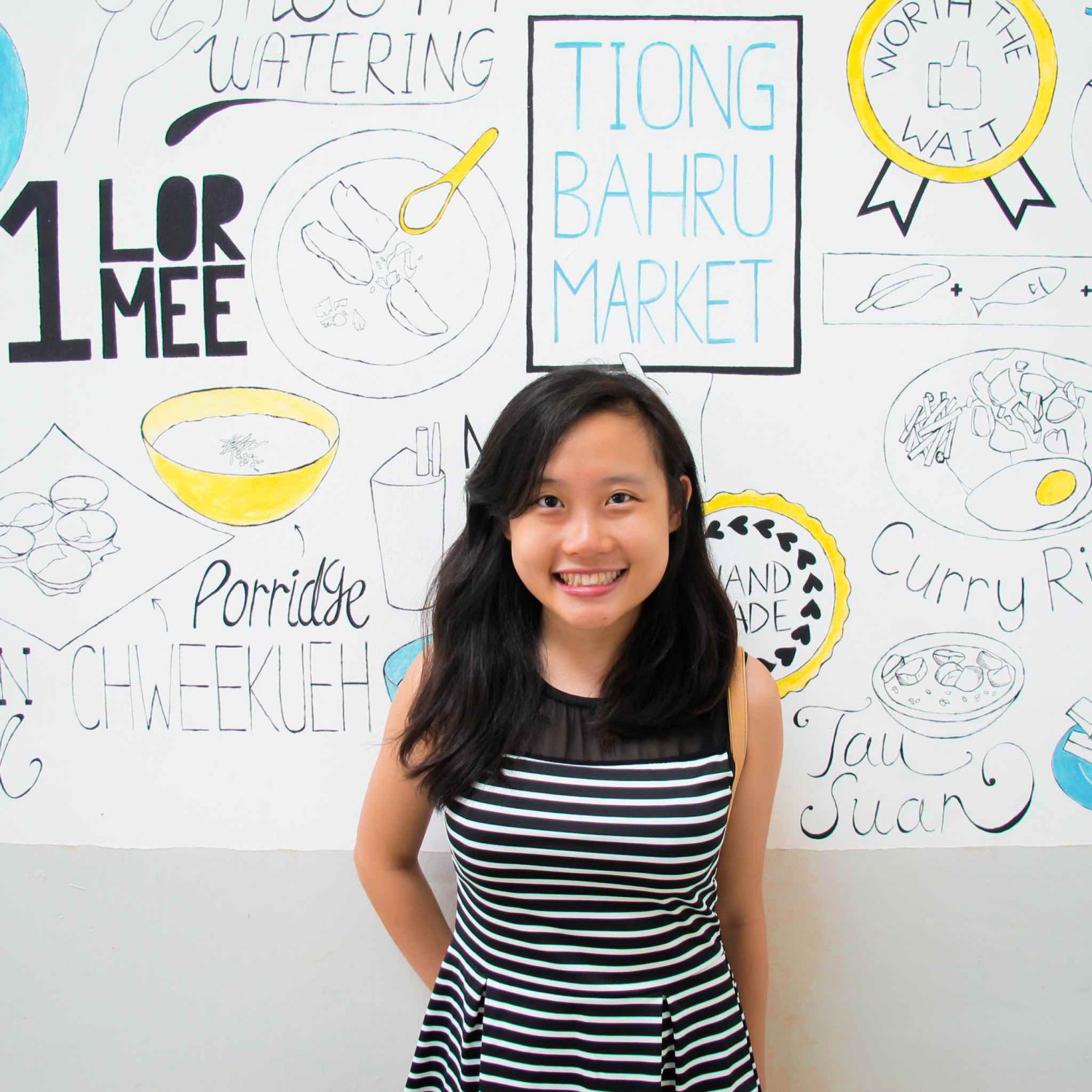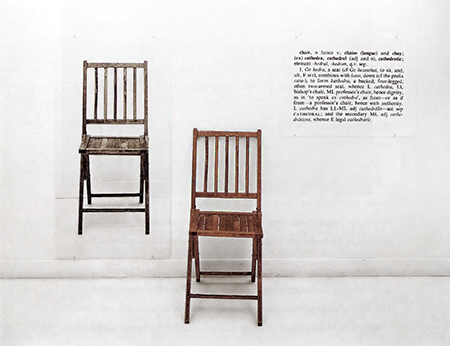One and Three Chairs, 1965, is a work by Joseph Kosuth. An example of conceptual art, the piece consists of a chair, a photograph of the chair, and an enlarged dictionary definition of the word “chair”. The photograph depicts the chair as it is actually installed in the room, and thus the work changes each time it is installed in a new venue.
Two elements of the work remain constant: a copy of a dictionary definition of the word “chair” and a diagram with instructions for installation. Both bear Kosuth’s signature. Under the instructions, the installer is to choose a chair, place it before a wall, and take a photograph of the chair. This photo is to be enlarged to the size of the actual chair and placed on the wall to the left of the chair. Finally, a blow-up of the copy of the dictionary definition is to be hung to the right of the chair, its upper edge aligned with that of the photograph.
Source: https://en.wikipedia.org/wiki/One_and_Three_Chairs
















